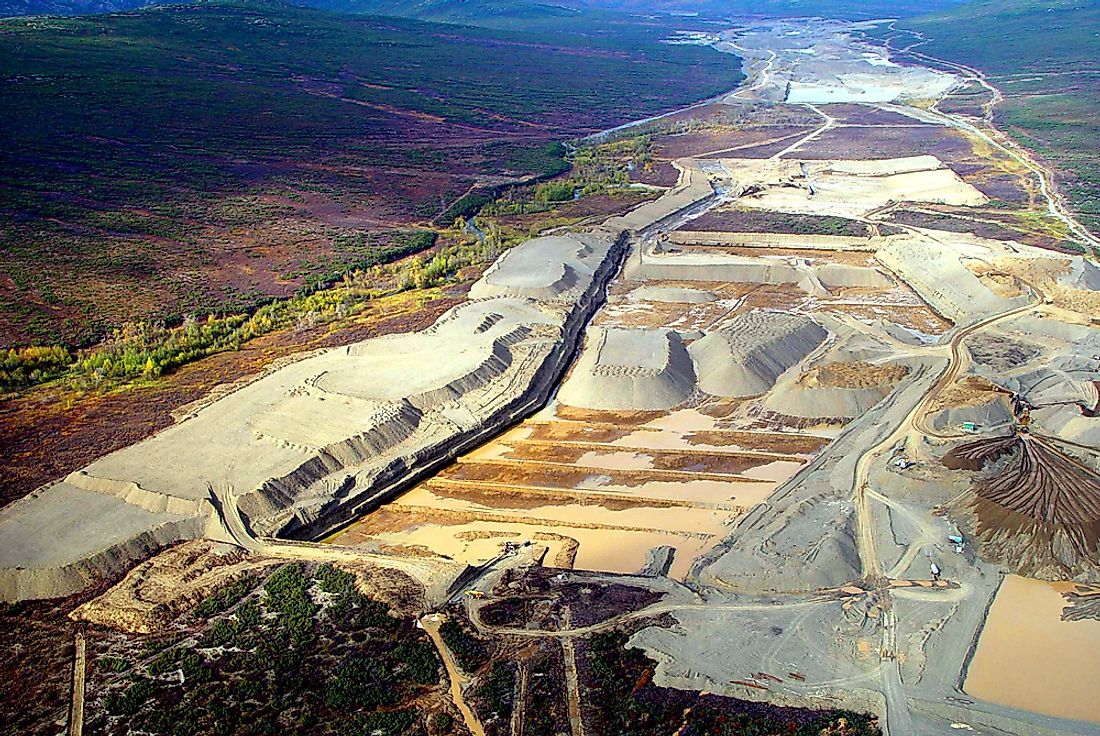The Economy Of Bolivia

Bolivia is a lower middle-income country and the 95th largest economy in the world according to the World Bank. The country is rank 87th in the world in purchasing power parity (PPP). Bolivia is also ranked 119th with a human development index of 0.679. The country’s economy has been based on a single commodity and has enjoyed periods of economic diversification. The political instability in the country between 2006 and 2009 and the challenging topography have hindered the growth of agriculture which is one her major economic activity. The trade between Bolivia and its neighbors is growing partly because several preferential trade agreements it has negotiated. Bolivia belongs to several trade organizations including the Common Market of the South and Andean Community of Nations.
Overview Of The Economy Of Bolivia
The estimated gross domestic product (GDP) for Bolivia totaled $35.69 billion at the official exchange rate and $78.35 billion by PPP. The standard of living was $7,191 measured in GDP in PPP. The country’s economic growth was estimated at 5.2% while the inflation rate was at 4.5%. The GDP of Bolivia grew by 4.85% in 2016. The population of Bolivia living under the poverty line was 17.4% according to the 2014 statistics. The unemployment rate in the country dropped to 7.3% for the same period. The public debt also decreased to 35.3% in 2014 indicating a level of sustainability in the country. Despite the frequent political unrest in Bolivia from 2006 to 2009, the government spurred growth during this period more than in any other period. The economic growth and prosperity were accompanied by moderate inequality. Bolivia experienced a budget deficit in 2014 of approximately $0.17 million. The capital expenditure in 2014 was $16.76 million while the revenue collected was $16.59 million.
Major Exports and Export Partners Of Bolivia
Bolivia’s export rose by more than 30% to $9.1 billion due to the increased commodity prices in the international market although the export volume remained the same. Its major exports included crude and refined oil which accounted for 44.9% of all exports, manufactured and semi-manufactured products, and agricultural products. Bolivia is only second to Venezuela in the export of natural gas from South America. Bolivia’s major export destination including Brazil which accounts for 33% of all exports, Argentina accounts for 11%, the US accounts for 10%, Japan 6%, and China 3%.
Major Imports and Import Partners Of Bolivia
Bolivia’s imports rose to $7.6 billion or 41%. The country imports are mainly industrial supplies and inputs such as chemicals, spare parts, and unfinished products. The inputs account for 31% of all imports. Other imports include capital goods which account for 21% of all imports, fuel accounting for 13%, and consumer goods accounting for 10%. Bolivia also imports steel, machinery, and plastic products. The major import partners include Brazil, Argentina, China, and Chile.
Challenges To The Economy Of Bolivia
The government of Bolivia depends on foreign assistance to finance most of its economic projects. The negative balance of payment has slowed down the economic growth of the country despite the vast increase in export revenue. Low population growth and high incidences of deaths has affected the labor supply and reduced the growth of industries in the country. Inflation and corruption have also slowed down the development of Bolivia.
Future Prospects
The government of Bolivia has moved from one of the poorest countries in Latin America to one of the fastest growing economies. To remain on course for further progress and development, the country aims to privatize some of its industries including the parts of the mining sector. The government also seeks to reduce further the rate of unemployment and invest on improving labor skills for productivity.











